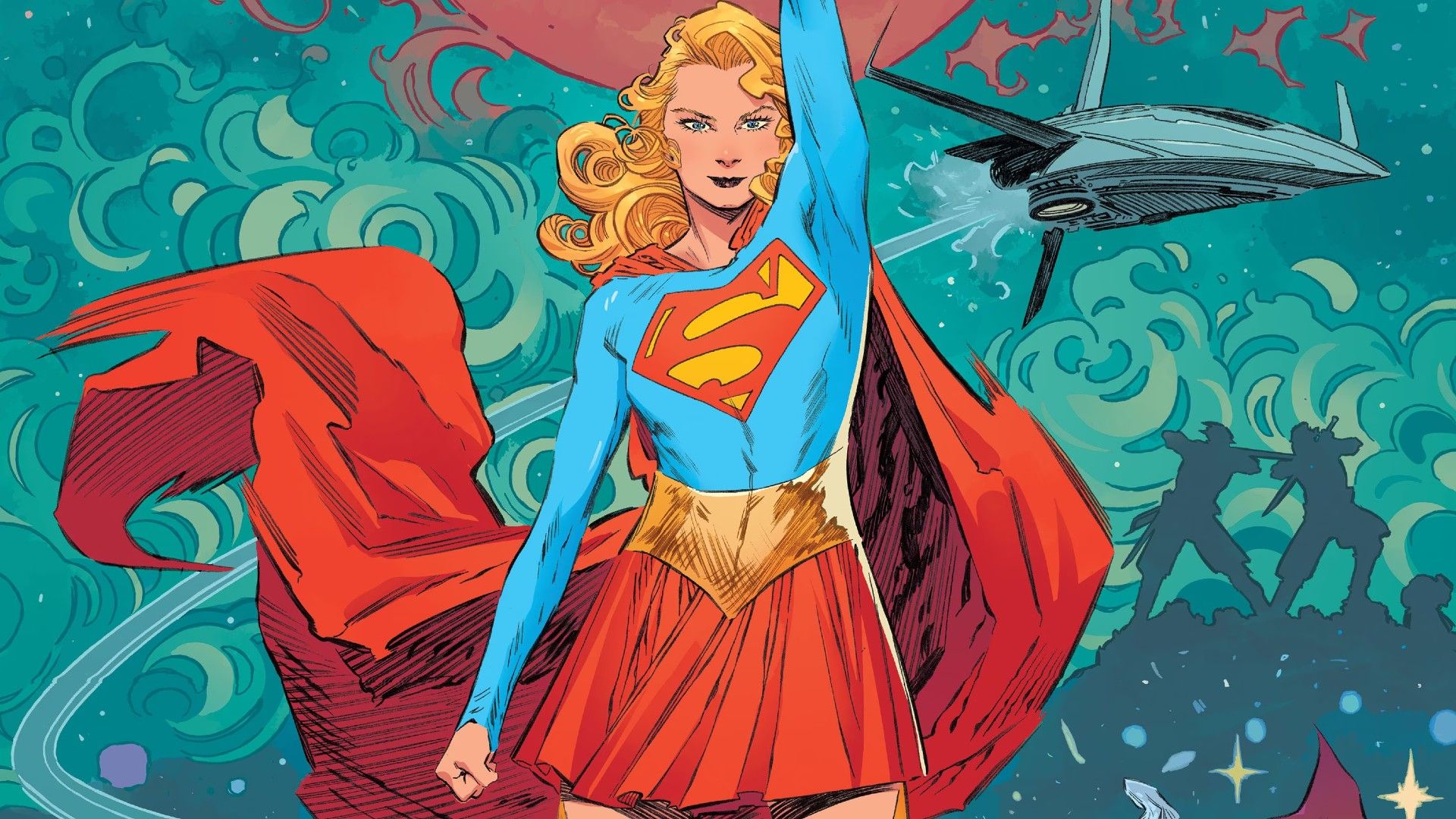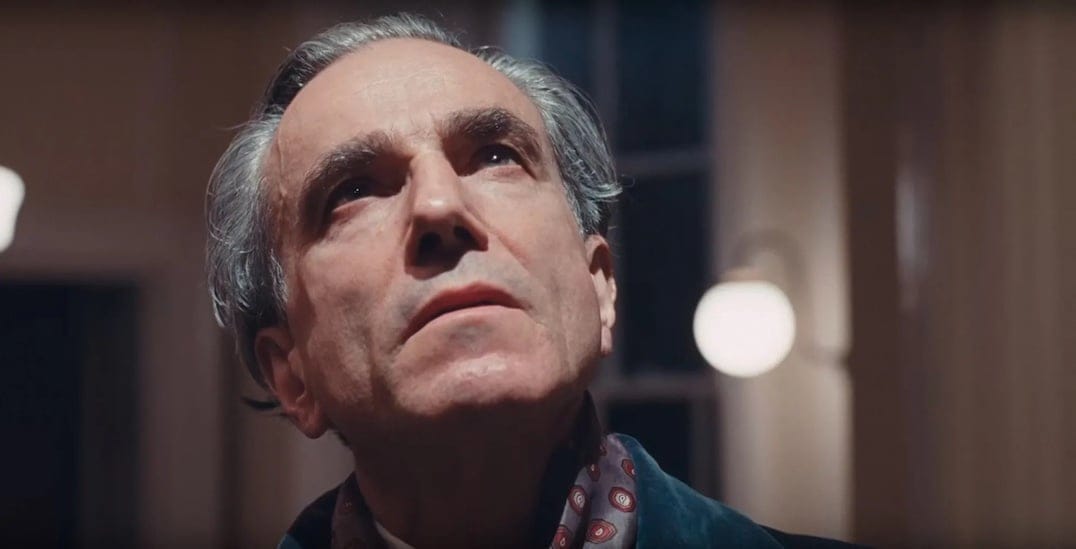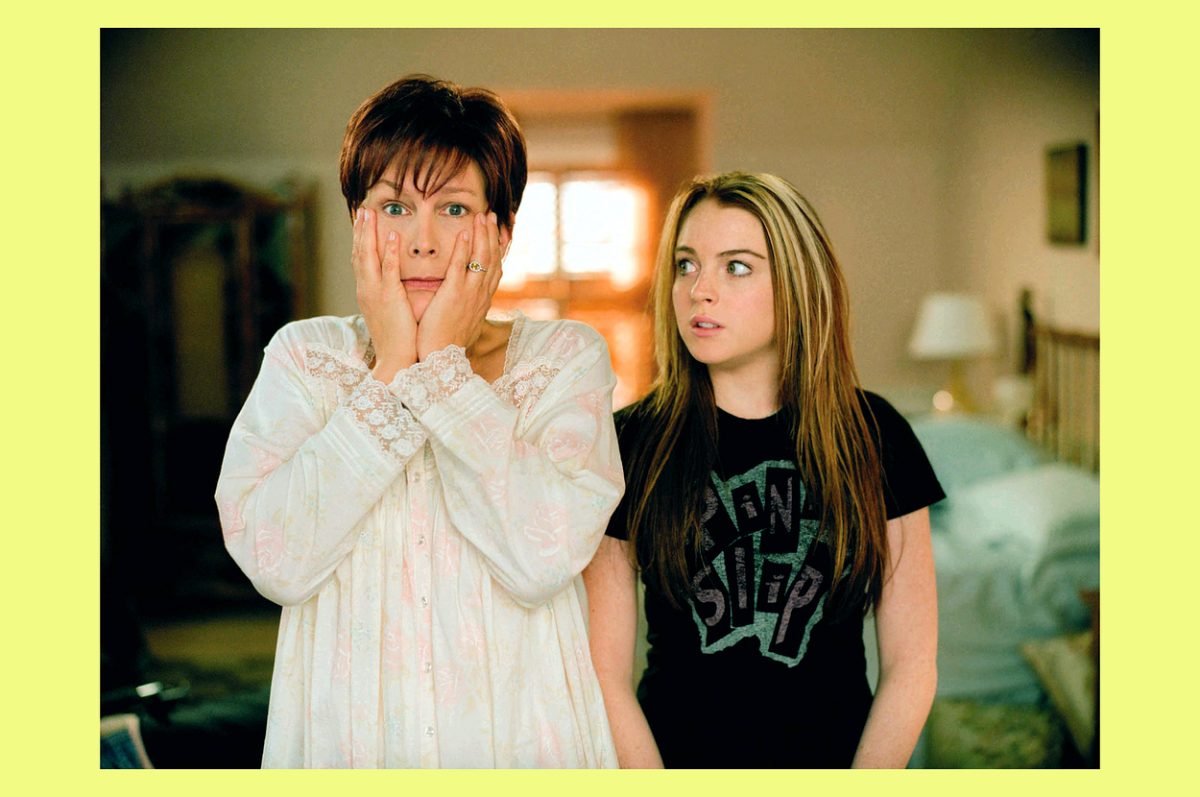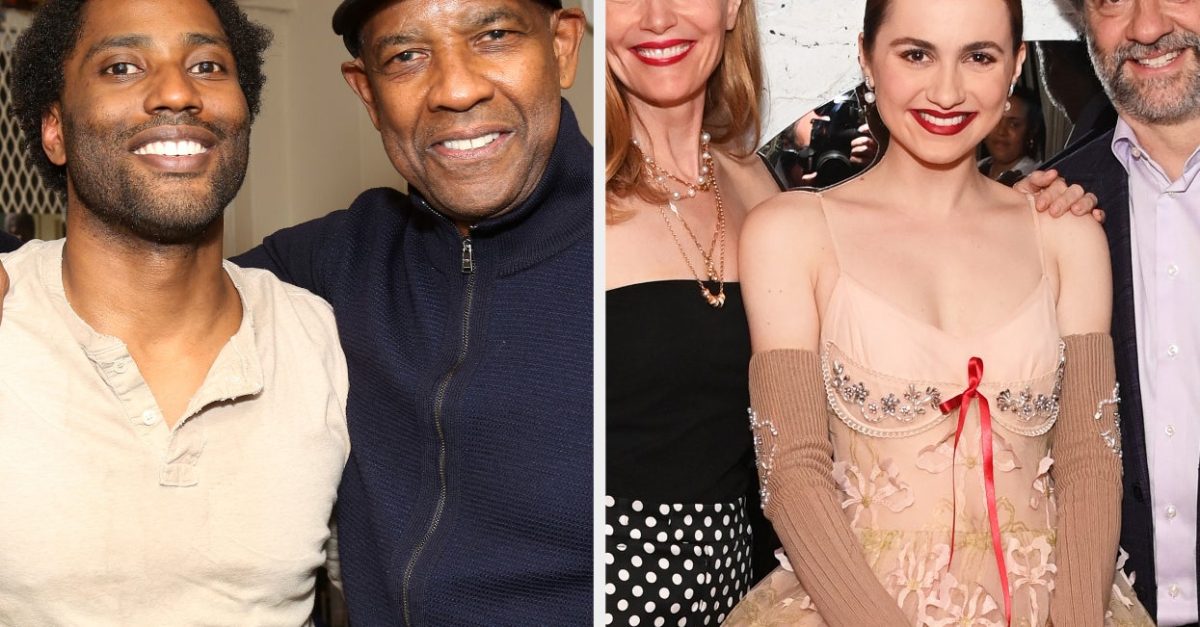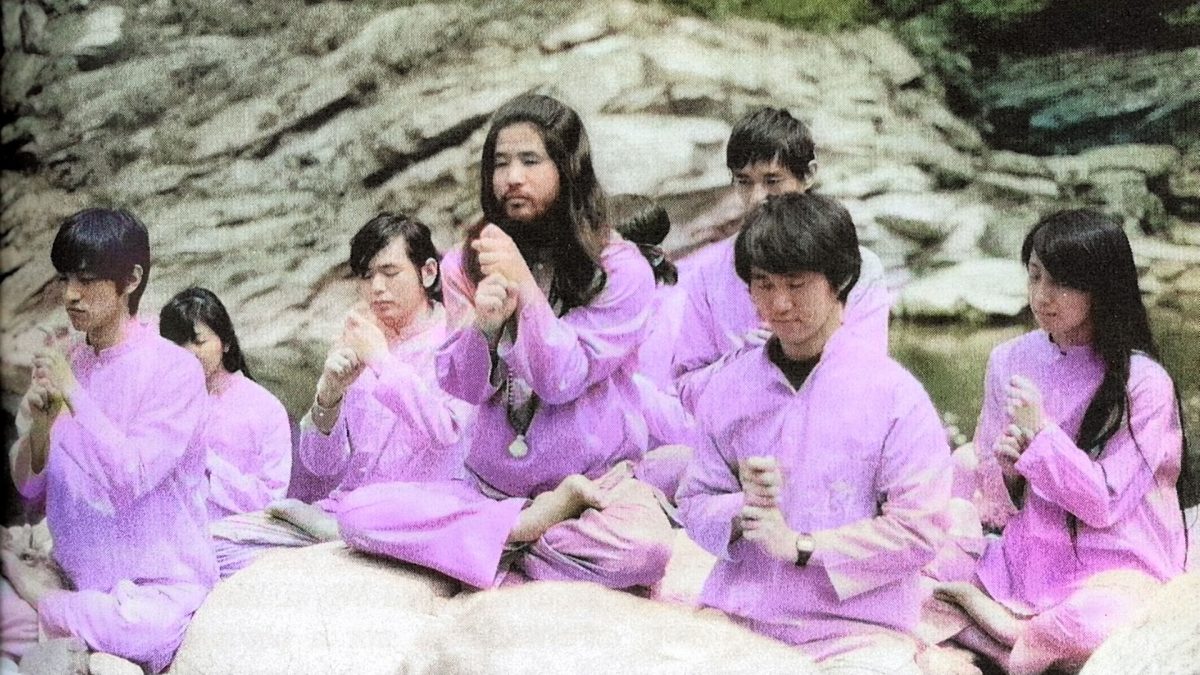
A Frightening Doc About The 1990s Cult Waging War In Japan [Sundance]
Jan 30, 2023
The last few years have been great times for documentaries about cults. That does not mean it is a time of introspection about the questing impulses driving people into cults. The appeal of content—generally of the limited streaming series variety—about cults has more to do with the queasy fright provided by seeing roomfuls of people prostrate themselves before a bored-looking bearded guy on a dais. The current vogue for such work may also be a condition of late-period “look at the freaks” reality TV programming.
READ MORE: 25 Most Anticipated Films At The Sundance Film Festival
Ben Braun and Chiaki Yanagimoto’s ‘Aum: The Cult at the End of the World’ largely avoids such tactics. It’s a cool, methodical, and unsettling documentary about the Aum Shinrikyo cult, most known for their 1995 sarin gas attack on the Tokyo subway, which killed thirteen people. There is comparatively little of the did-you-see-that? material which makes shows like ‘Wild Wild Country’ so primed for the social media water cooler. Instead, the filmmakers lay out with crisp efficiency a six-year timeline during which one mysterious quasi-religious group ensorcelled thousands of Japanese to not only join its ranks but to help wage a secret undeclared war on their nation. The film is focused less on the story of a charming yet unhinged leader fleecing his followers and engaging in reprehensible manipulation (though there is that) than one about a terrorist group that operated in plain sight for years.
There are many aspects of Aum Shinrikyo, as it is described here, which are so boilerplate it is almost as though the group’s leader had memorized ‘Starting Your Own Cult for Dummies’. Matching jumpsuits? Check. Members cutting themselves off from their families? Check. Grifty schemes for emptying the bank accounts of members and their families? Check. Messy mélange of New Age spirituality and self-actualization bushwa devolving under external criticism into militia paranoia? Check, and then some.
Started around 1989 by Shoko Asahara—a partially blind popular yoga teacher with parent issues who had briefly run a “pharmacy” that was just a front for quack remedies—the group quickly amassed a following in the thousands. The filmmakers piece together Aum’s rapid growth using interviews with Andrew Marshall and David E. Kaplan (authors of the 1996 book ‘The Cult at the End of the World’), as well as Japanese journalists, anti-Aum activists, and most chillingly, former and unrepentant Aum members like Asahara’s onetime lieutenant Fumihiro Joyu. Together, they describe a group whose canny leadership leveraged legal and tax advantages by presenting themselves as a religion, escaping scrutiny even as troubling stories (ranging from kidnapping to murder) piled up. The portrait painted of Aum combines elements of Scientology’s ability to worm into power structures with Branch Davidian or ISIS-Esque end-times militarism.
Unlike many cults, Aum worked in the open. Though many members were sequestered in a chain of ugly warehouses hunched in the shadow of Mount Fuji, where they deprived themselves of food and sleep to better serve Asahara, the group was frequently in the spotlight. Helped by their media connections, Aum presented as benign hippie mendicants seeking to better humanity. Also, unusually for modern cults, Aum did not solely operate in the alternative media environment where seekers of esoterica consumed their books and videos filled with outlandish claims (self-healing, promises of magical capabilities, warnings of the end times). Asahara and his followers were frequent guests on talk shows, where their shtick proved popular. In one of the more fascinating clips, Asahara uses his guru reality-distortion field to seemingly turn longtime talk show host and deadpan crime flick auteur Beat Takeshi into a true believer within minutes.
Moments like that help ‘Aum’ stand out from the crowded field of cult documentaries. While the film details the horrible privation of Aum members and their families often futile efforts to free them, it also casts an eye on the conditions which allowed the group to flourish. During the late 1980s and early 90s, Japan’s economic boom was caricatured in the West (Michael Crichton’s ‘Rising Sun’ in particular) as an existential threat. But multiple interviewees describe how the country’s rampant materialism and nonstop work culture fueled discontent, which materialized in many young people looking for something more substantial to focus their lives on. Aum was waiting with open arms.
Curiously, a similar desire for meaning in the decade’s pre-millennial chaos and uncertainty created a similarly eager base of worshippers in Russia. Following the collapse of the Soviet Union, Aum recruited thousands of Russian followers in an expansion move that is presented in the film as having a darker purpose. Even as they convinced Russians that yoga and privation could provide transcendence, Aum was also scouring the country for everything from AK-47s to weapons of mass destruction.
Back in Japan, Aum’s drive for mainstream popularity was dealt a blow in 1990 when their quixotic campaign to elect members to parliament failed spectacularly (though not as spectacular as the baffling and purposefully goofy campaign events shown in the film). The film argues that was the moment when embarrassed by the defeat and losing members fast; Aum pivoted under Asahara into an apocalyptic vein. But unlike other violent cults, Aum did not hole up in their compound waiting to be attacked; they went on the offensive.
‘Aum’ provides frustratingly few answers for why Aum believed they needed to attack the Tokyo subway system with a military-grade nerve agent first developed by the Nazis or what they thought this would accomplish. The filmmakers show the attack on the Aum compound largely through a ghostly montage of contemporaneous television footage and radio dispatch audio. This has the effect of amplifying the terror while making it feel less immediate. An astute and fright-filled story, ‘Aum’ is limited by the unknowability of its subjects, registering as a spooky echo from a distant era. [B+]
Follow along with all our coverage of the 2023 Sundance Film Festival.
Publisher: Source link
If you could swap lives with one celeb for a day, who would it be?
Guy Fieri (for the food).View Entire Post › Disclaimer: This story is auto-aggregated by a computer program and has not been created or edited by filmibee.Publisher: Source link
Oct 24, 2024
Eminem’s Pregnant Daughter Hailie Jade Shares Baby Souvenir From Texas
Born in 1955 at a military base in Kansas, Debbie is the mother of Eminem. She married the "Without Me" artist's father Marshall Bruce Mathers Jr. when she was 15, according to her 2008 memoir My Son Marshall, My Son Eminem. She began…
Oct 24, 2024
I'm Genuinely Curious If You Think These Nepo Babies Are More Talented Than Their Famous Parents
Tell us how you really feel!View Entire Post › Disclaimer: This story is auto-aggregated by a computer program and has not been created or edited by filmibee.Publisher: Source link
Oct 23, 2024
Selena Gomez’s TV Brother David Henrie Details Meeting Benny Blanco
Selena Gomez isn’t the only one who thinks Benny Blanco is magical. The Wizards of Waverly Place alum’s onscreen brother David Henrie—who stars in and executive produces upcoming sequel series... Disclaimer: This story is auto-aggregated by a computer program and…
Oct 23, 2024
